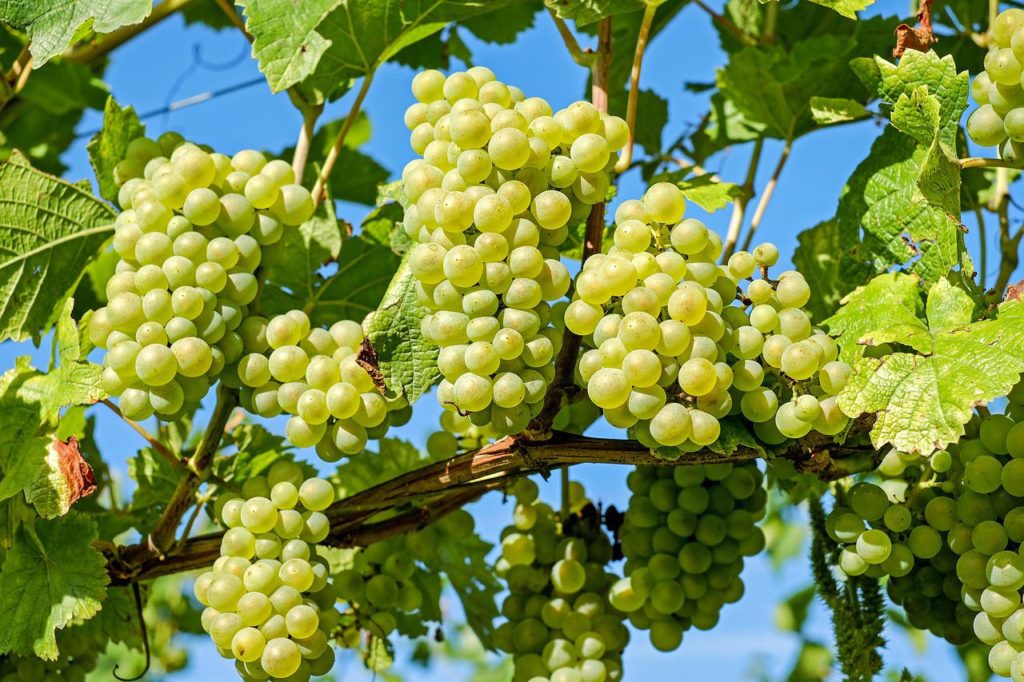The world’s population is growing at an alarming rate, and the demand for food is increasing along with it. In order to meet this demand, we need to find ways to improve food production so that we can produce more healthy fruits and vegetables. There are many ways to do this, and farmers around the world are turning to new technologies and innovative approaches to increase their yields and make their crops healthier.
1) Choose The Right Plants
One of the keys to improving food production is choosing the right plants for your climate and soil type. Different plants have different needs when it comes to temperature, sunlight, water, and nutrients, so it’s important to choose varieties that thrive in your specific growing conditions. For example, if you live in a hot, dry climate, you’ll want to choose drought-tolerant plants that can survive with minimal water.
Additionally, research has shown that some varieties of fruits and vegetables are better for you than others. For example, crops grown in mineral-rich soil have higher levels of nutrients like vitamins and minerals, while those grown in nutrient-poor soil tend to have lower levels of these important nutrients. In order to ensure the quality and quantity of your crops, it’s important to do your research and choose the right varieties for your climate and soil type.
2) Use Better Soil And Fertilizers
In order to maximize food production, it’s also important to use high-quality soil with good levels of organic matter. Good soils are rich in nutrients like nitrogen, phosphorus, and potassium, which are essential for plant growth. Additionally, soils with high levels of organic matter retain moisture better and help to regulate temperature, both of which are important factors in plant growth.
There are many ways to improve the quality of your soil, such as adding compost or manure, using cover crops, or practicing crop rotation. These methods add nutrients and organic matter back into the soil, making it more fertile and productive. Additionally, farmers are increasingly turning to fertilizers such as liquid or slow-release forms of nitrogen in order to boost yields and improve food production.
3) Utilize Innovative Farming Practices
In today’s technological age, there are many innovative farming practices that can be used to improve food production. For example, farmers can now use GPS technology to map their fields and track data on soil quality, crop yields, and weather patterns. This information can help farmers make more informed decisions about when to plant, how to water their crops, and what type of fertilizer to use. Additionally, some farmers are using drones or other specialized machinery to monitor and maintain their crops more efficiently.
Farmers rely on herbicides to manage weeds and maximize food production. However, there are some concerns about the use of herbicides, as they can be harmful to both people and the environment.
For example, paraquat is a common herbicide that has been linked to several health problems, including Parkinson’s disease. Additionally, glyphosate, another common herbicide, has been shown to be harmful to bees and other pollinators. As a result of these concerns, many farmers are now producing safer paraquat alternatives in order to reduce the risks associated with herbicide use. In order to minimize these risks, it’s important to use herbicides safely and responsibly.
First, always read the label carefully and follow the directions. Second, only use herbicides on the affected area and avoid spraying them on windy days. Finally, make sure to properly dispose of any leftover herbicide according to the manufacturer’s instructions.
4) Improve Watering And Fertilization Techniques
In order to maximize food production, it’s important to use the right watering and fertilization techniques. For example, proper irrigation can help to maintain consistent levels of moisture in the soil, which is important for plant growth. Conversely, over-watering can cause plants to become waterlogged and drown, reducing food production.
For example, you can use drip or furrow irrigation to provide just the right amount of water to your crops. Additionally, using liquid fertilizers such as fish emulsion or seaweed extract will help to boost the nutrients available in your soil, resulting in healthier and more productive plants. Also, be sure to follow the manufacturer’s instructions when using any type of fertilizer, as too much can be just as harmful as too little.
5) Implement Integrated Pest Management Programs
Integrated pest management (IPM) programs are a type of agriculture that uses a variety of techniques to manage pests. For example, IPM programs may use biological control, which is the use of predators or parasites to control pests. Additionally, IPM programs may use cultural control, which is the practice of modifying the environment to reduce the risk of pests.
For example, crop rotation can be used as a form of cultural control, as it helps to break the life cycle of pests. Additionally, IPM programs often involve the use of pesticides, but these pesticides are carefully selected and only used when necessary in order to minimize the risks to people and the environment.
When implemented correctly, IPM programs can be an effective way to improve food production and produce healthier fruits and vegetables.
Finally, IPM programs may use mechanical control, which is the use of traps and barriers to catch or prevent pests from inhabiting crops.

Farmers have many ways to improve food production so that the fruits and vegetables we eat are healthier. By using better-quality soil, adding organic matter to the soil, choosing the right plants for your climate and soil type, and using proper watering and fertilization techniques, you can produce safer, healthier crops. Additionally, many farmers are now turning to technology and innovative farming practices to improve the quality of their crops and increase yields. Whether you are a large-scale commercial farmer or a small-scale family farmer, implementing an integrated pest management program can be an effective way to manage pests while minimizing risks to people and the environment. Overall, there are many ways that farmers can produce healthier fruits and vegetables for us to enjoy. The bottom line is that by working together, we can all help to improve food production and make the world a healthier place.






